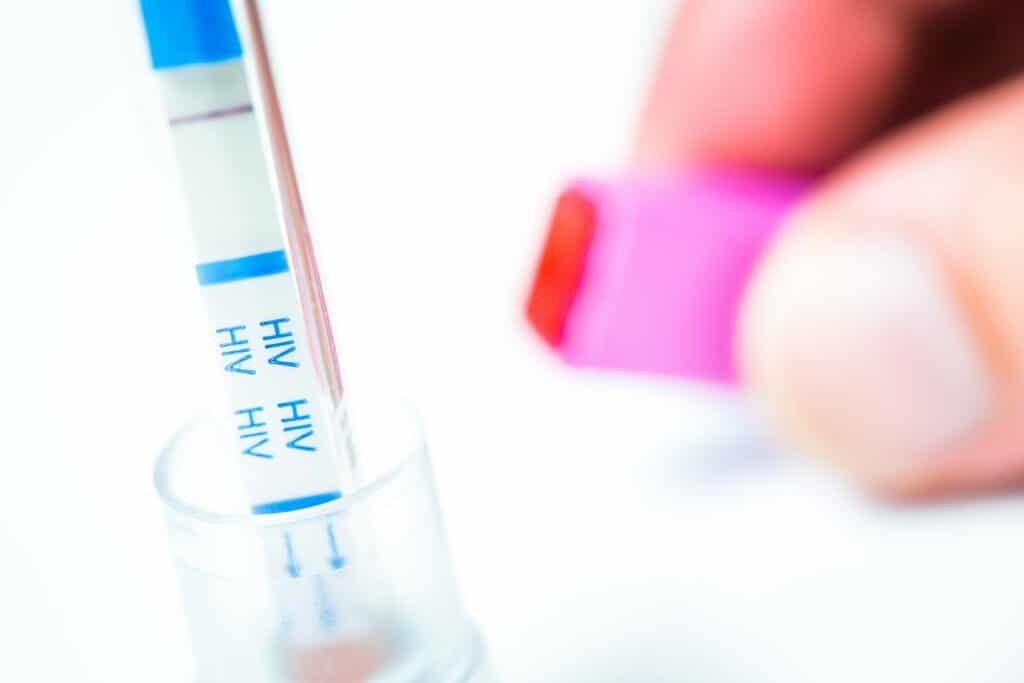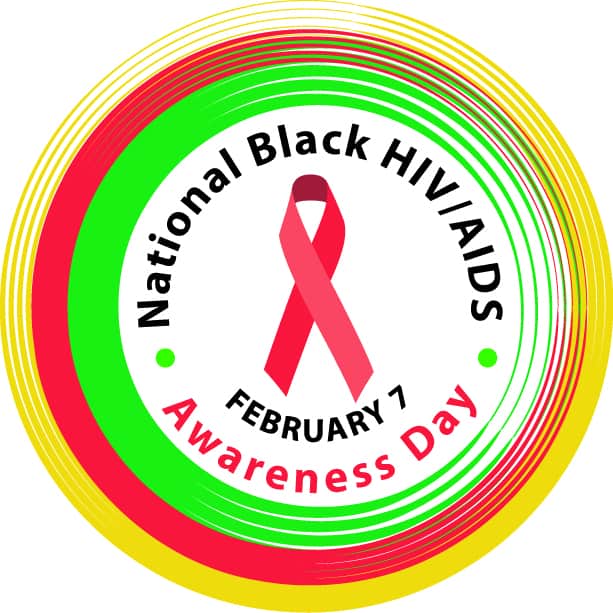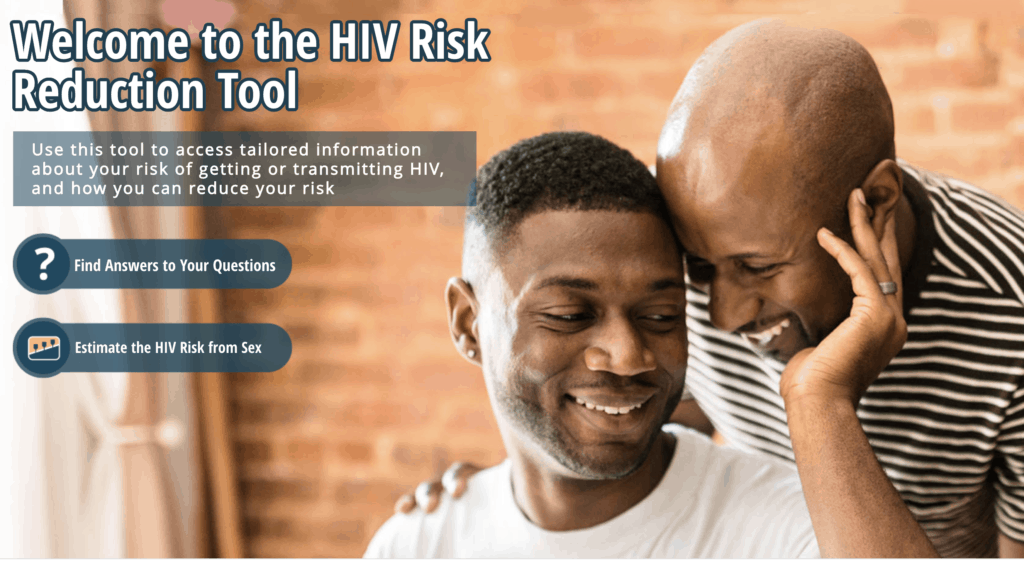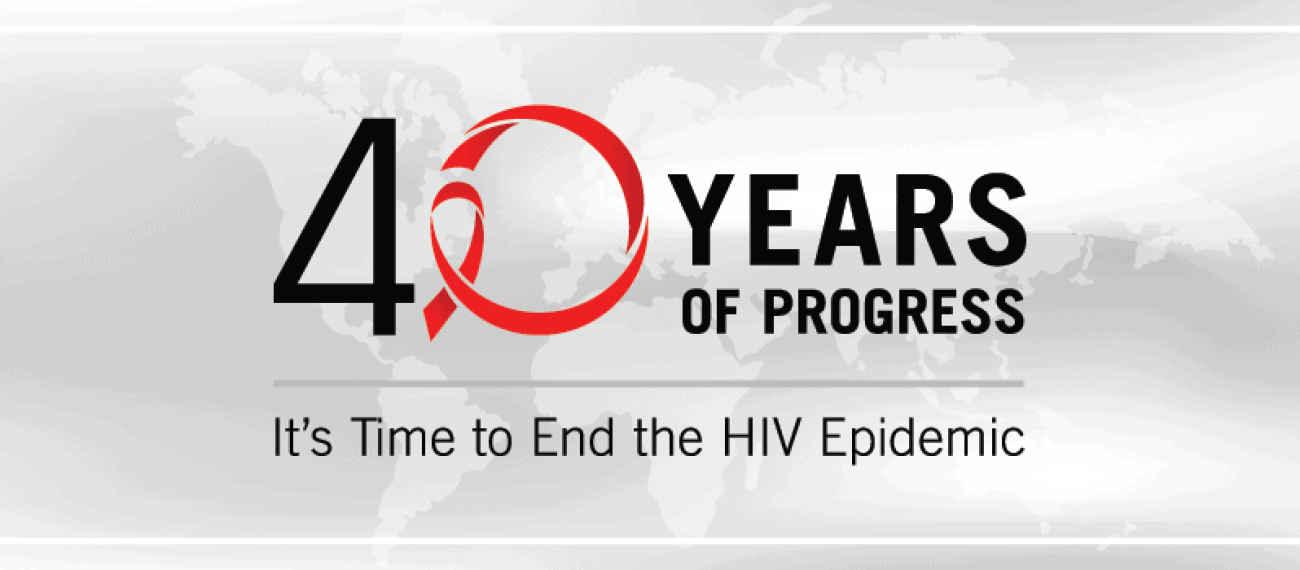June 5, 2021, marks 40 years since the first official reporting of five cases of what became known as the Acquired Immune Deficiency Syndrome, or AIDS.
We remember the more than 32 million people who have died from HIV worldwide, and we honor 38 million people currently living with HIV.
Take a look at the HIV timeline to see how far we’ve come in the fight against HIV.
- June 5, 1981: The first official reporting of what will be known as AIDS. A report described Pneumocystis pneumonia in previously healthy, gay men in LA.
- September 24, 1982: The CDC uses the term “AIDS” for the first time and announces the first case definition for AIDS.
- January 1, 1983: Ward 86, the world’s first dedicated outpatient AIDS clinic, opens at San Francisco General Hospital.
- July 1, 1983: The CDC establishes the National AIDS Hotline to respond to public questions about the disease.

- September 1983: The CDC identifies all major routes of transmission.
- 1985: The Food and Drug Administration approves the first licensed test for HIV.
- October 1985: Actor Rock Hudson becomes one of the first celebrities to disclose his HIV diagnosis, and was the first major celebrity to die from an AIDS-related illness. He leaves $250,000 to set up the American Foundation for AIDS Research (amfAR), and his friend and co-star Elizabeth Taylor serves as the organization’s founding National Chairman.

- 1986: Surgeon General C. Everett Koop reports that HIV cannot be spread by casual contact and calls for a nationwide education campaign, increased condom use and voluntary HIV testing.
- April 19, 1987: Princess Diana makes headlines when she is photographed shaking the hand of a person living with HIV at a London hospital. The photo and her advocation for people living with HIV greatly reduce HIV stigma and discrimination.
- 1987: The CDC releases its first AIDS-related public service announcement, called “America Responds to AIDS.”
- 1988: The brochure “Understanding AIDS” is sent to every household in the US – 107 million copies in all. An additional four million copies are printed in Spanish and delivered to Latinx communities. The brochure is the largest public-health mailing in history and the first time that the federal government issues explicit sex information to the public.
- December 1, 1988: World AIDS Day is observed for the first time.
- 1990: Ryan White, a heterosexual teenager who contracted HIV through his hemophilia treatments, dies. Shortly afterward, Congress passes the Ryan White Care Act.
- November 1991: Three-time NBA MVP Magic Johnson announces that he is living with HIV.
- 1992: AIDS becomes the number one cause of death for US men aged 25-44.
- December 1, 1992: Business Responds to AIDS is launched. The program aims to help all businesses meet the challenges of HIV and AIDS in the workplace and in the community.
- 1993: The film “Philadelphia,” starring Denzel Washington and Tom Hanks, is a success and wins two Academy Awards. The film tells the story of a man with AIDS who is fired by his law firm for his condition.
- 1994: The musical “Rent,” which focuses on HIV-related issues, opens to rave reviews and wins a Pulitzer Prize for drama.

- 1994: Pedro Zamora, a young gay man living with HIV, appears on MTV’s popular reality show, “The Real World.” He died in late 1994 at age 22.
- 1997: The CDC announces the first substantial decline of AIDS deaths in the US. AIDS-related deaths dropped by 47% from 1996.
- April 14, 1998: The CDC issues the first national treatment guidelines for the use of antiretroviral therapy in adults and adolescents with HIV.
- February 7, 1999: The first National Black HIV/AIDS Awareness Day is launched.

- July 2000: Congress enacts Global AIDS and TB Relief Act, which authorizes $600 million in funding.
- 2002: The first rapid HIV test is approved by the FDA.
- 2003: Over two-thirds of new HIV infections in the US are from those who do not know they are infected.
- January 21, 2005: The CDC releases recommendations to prevent HIV after non-occupational exposure to the virus. The recommendations, called non-occupational post-exposure prophylaxis or nPEP, noted that antiretroviral drugs might be beneficial in preventing HIV infection after exposure through sex or injection drug use begun within 72 hours after exposure.
- September 22, 2006: The CDC recommends that all adults and adolescents should be tested for HIV at least once, with annual screenings for those at high risk.
- 2006: Singer Bono launches Project Red. Proceeds from merchandise sales are designated to fight the AIDS epidemic.
- 2007: Over 562,000 people have died of AIDS in the US since 1981.
- 2009: President Barack Obama announces the Global Health Initiative, a six-year initiative to aid in global health.
- 2010: HIV is removed from the list of diseases that prevent non-US citizens from entering the country.
- July 13, 2011: The CDC reports that drugs to treat HIV can also reduce HIV acquisition.
- September 2011: In conjunction with the fourth National Gay Men’s HIV/AIDS Awareness Day, the Centers for Disease Control and Prevention awards $55 million to 34 community-based organizations (CBOs) to expand HIV prevention for young gay and bisexual men of color and transgender youth of color.
- June 2012: The CDC begins a pilot program to train pharmacists and clinic staff at 24 rural and urban sites to deliver confidential rapid HIV testing.
- July 3, 2012: The FDA approves the first at-home HIV test.
- June 2013: The CDC launches Reasons/Razones, a national, bilingual campaign that asks Latino gay and bisexual men to consider their reasons for getting tested for HIV.
- June 14, 2013: The CDC publishes guidance on PrEP for people who inject drugs and notes that PrEP can reduce the risk of HIV among people who inject drugs by 49% in people who adhered to the regimen.
- July 2014: The CDC announces the annual HIV diagnosis rate declined by 30% from 2002-2011.
- December 6, 2015: Overall, US HIV diagnoses have decreased over the past decade – but some groups experienced increases. Diagnoses among white gay/bisexual men decreased 18%, but continued to rise among Latino gay/bisexual men and were up 24%. Diagnoses among Black gay/bisexual men increased by 22%, but the increase has leveled off since 2010.
- December 2015: The HIV Risk Reduction tool is launched at the National HIV Prevention Conference.

- December 2015: The FDA changes its blood donor deferral guidelines for men who have sex with men from permanent deferral to one year since last sexual contact.
- February 2016: It is announced that an increase in PrEP could avert more than 20% of estimated new infections.
- February 2017: New HIV infections in the US fell 18% between 2008 and 2014. HIV prevention and treatment efforts are paying off, but not all communities are seeing the same progress.
- July 2017: The CDC announces that more people with HIV have their virus under control. About 49% of people with HIV were virally suppressed in 2014, compared to only 28% in 2010.
- September 2017: The CDC announces that people living with HIV who are on treatment and have undetectable viral loads have effectively no risk of transmitting the virus to sexual partners.
- February 2019: The US announces its new program, Ending the HIV Epidemic.
- March 2020: The CDC publishes an article showing an association between increased PrEP coverage and decreased HIV diagnosis rates in recent years.
